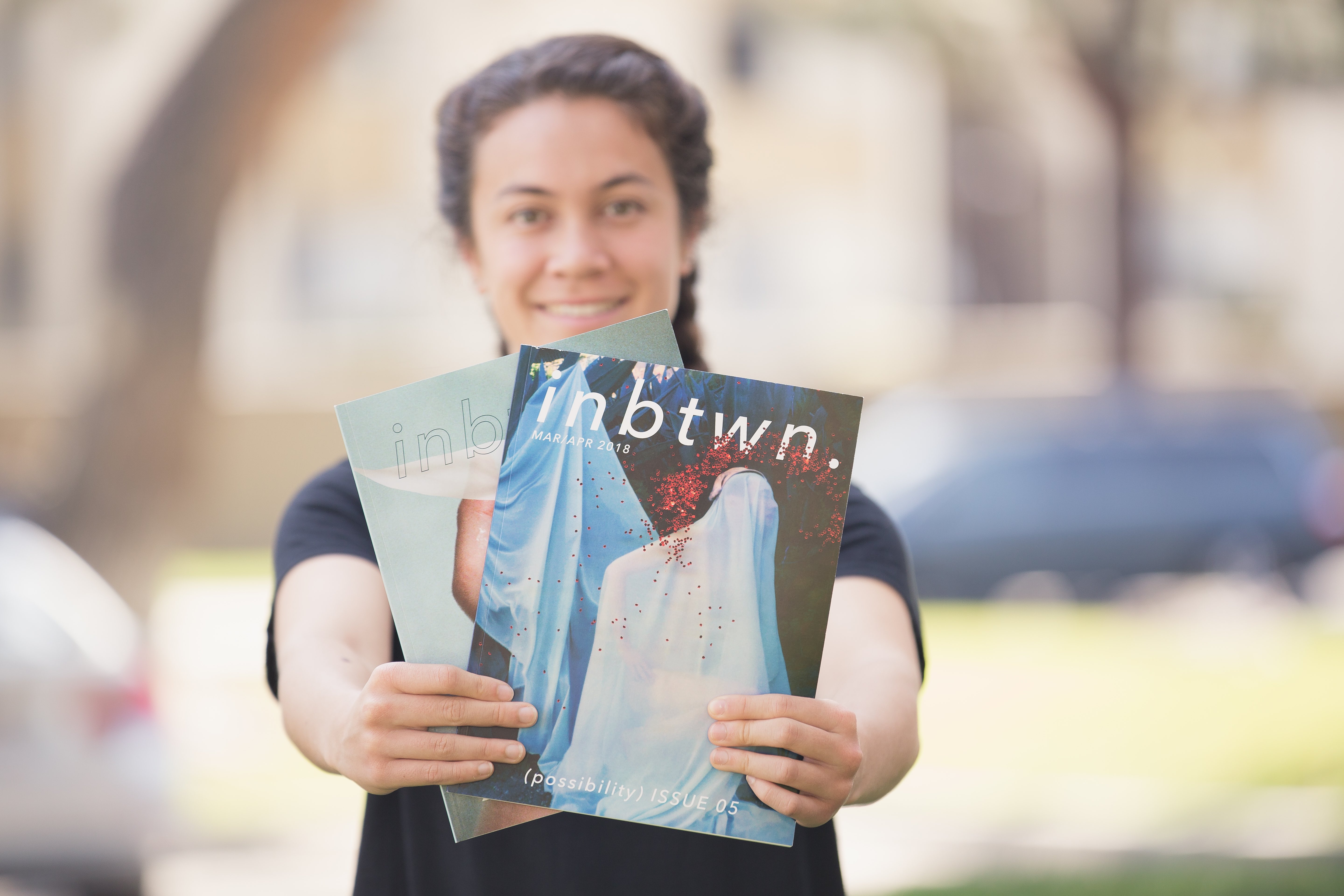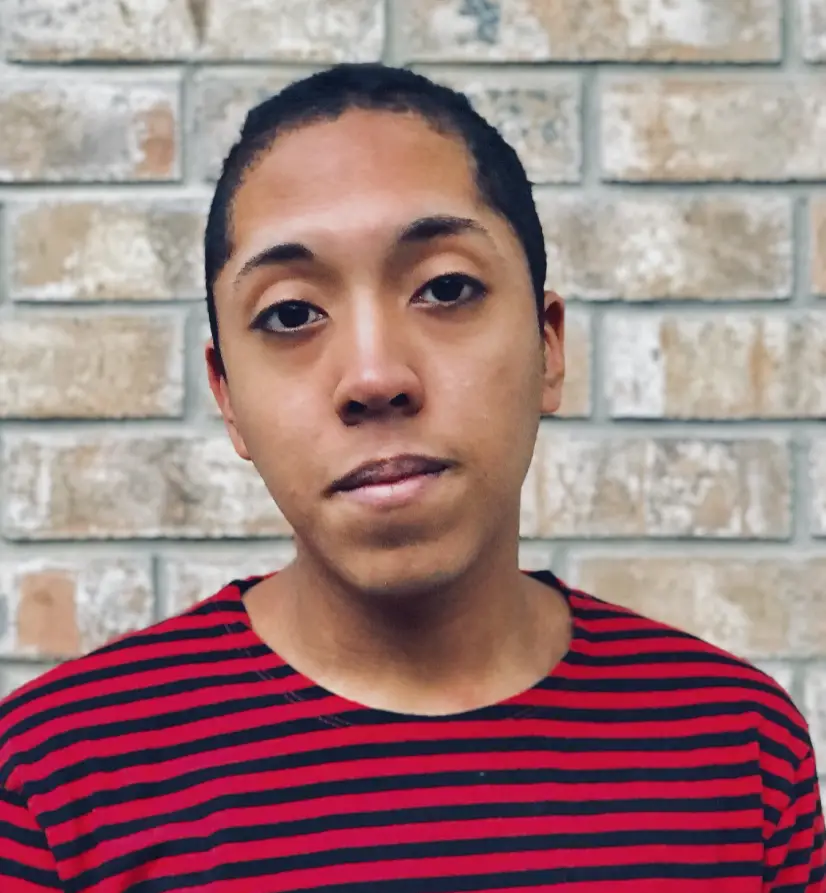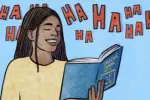If you think about it, college is a balancing act. Oftentimes, the relationship between personal hobbies and mandatory assignments is unstable, with the latter frequently winning out, forcing you to set your hopes and dreams aside in favor of finishing your education and praying you earn a degree. This is a struggle that USC student Taylor Seamans knows all too well.
As a computational neuroscience major and the founder/editor-in-chief of Inbtwn. Magazine (pronounced “in-between”), Seamans is self-taught in all of the disciplines required to create the publication and brings a distinctive perspective to the table.
In the oversaturated market of online publications, Inbtwn. stands out. The publication’s slick, minimalist aesthetic allows readers to discover visual output from young photographers, poets and artists, with each issue revolving around a theme; uncertainty, growth and possibility rank among those previously featured.
With five issues released as of March 2018, Inbtwn. has the potential to expand into a publication to truly contend with, specifically among online art magazines. It’s striking, concise and most of all memorable, as interviews with the featured artists adds insightful substance to the magazine’s notable style.
I sat down with the San Diego native to discuss her artistic process, the inspiration for Inbtwn. and her perspectives on art as a whole.
Jonathan Christian: What made you want to start Inbtwn.?
Taylor Seamans: Last summer, I’d gone to Spain and walked part of the Camino de Santiago, which is this pilgrimage-type trip. When I came back, my brother had done this summer program through [Chapman University] — he’s really interested in film, but he’s still in high school. He’d met some girls in his program and told me they’d started a zine.
I’ve always liked doing art and being creative, but I was never super satisfied by just painting or doodling. I felt like there was never a final product I could share with people, so the idea of a magazine seemed interesting because it was creative, but at the same time, I was creating a product I could show and share.
I guess that’s sort of the selfish reason behind it. I was looking for an outlet I felt was productive.
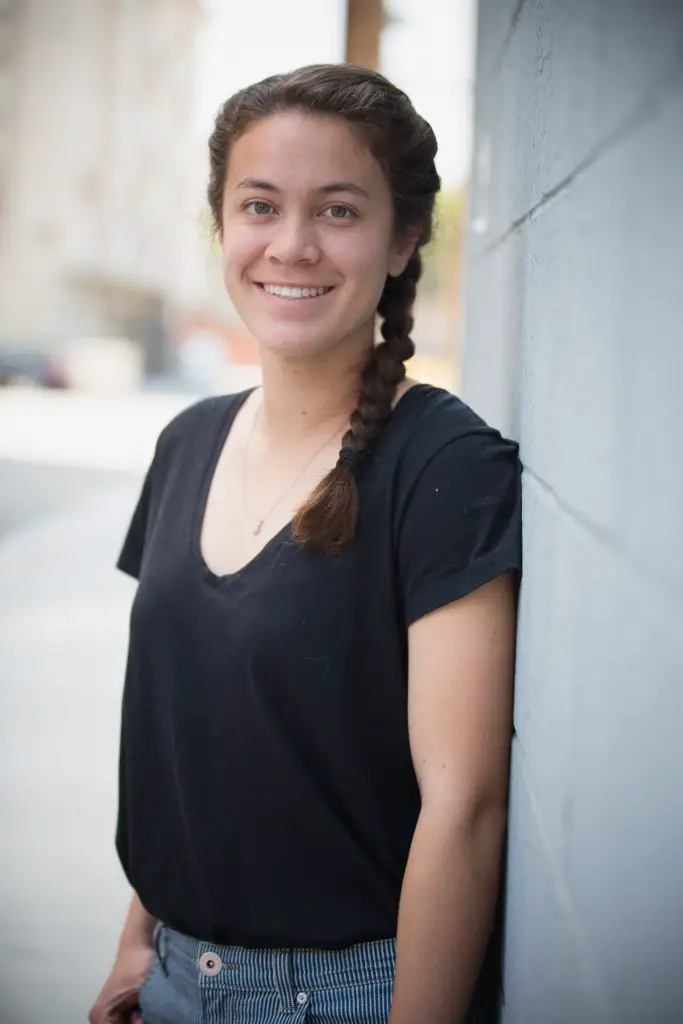
JC: How’d you come up with the name Inbtwn.?
TS: I feel like this is a question I should have a better answer for. It doesn’t have a huge backstory, aside from the fact that the idea of Inbtwn. is you’re growing and you’re changing.
I feel that’s reflective of art, but also personally, I feel like I’m in a place where I don’t know quite what I want to do after school, so I’m still falling into and forming my identity — so it’s that feeling of being in between of where I’m going and who I’m becoming.
JC: I noticed the issues revolve around themes like uncertainty and growth. How do you come up with those? Is it intentional, or is it based around the visuals?
TS: The themes are ideas I’m curious about, and I’m curious to see how other people think about them. Sometimes I’m sitting around and I brainstorm different ideas I’d want to explore in my own thoughts that are equally interesting to hear from other people about. It’s semi-random, but it’s also personal.
JC: Are you the person responsible for the visual aesthetic of the magazine? The design is what attracted me to the magazine initially.
TS: Thanks. I basically do everything for the magazine right now, except I have a few friends who help with photography, like in the [March issue], and introductions for some of the interviews. But I interview all the artists and do the layout — the layout is what I’ve had fun with, experimenting with images and text.
I really like the minimalist look. I’ve never taken a photojournalism or any [related courses], so I don’t feel like I’m following any rules or being restricted by any rules when I make the layout. It’s not random, but it’s what I feel looks good. There are definitely a lot of iterations for each issue. I want each page to be engaging and a little unexpected, but balanced at the same time.
JC: How do you choose the artists you feature?
TS: It’s honestly me going through Instagram and discovering people I find interesting — it’s one of the coolest things about making the magazine.
It gives me a platform to reach out to all these people whose art I’m really intrigued by — to ask them questions, that even if I wasn’t making the magazine, I’d still be curious about. Having the magazine gives me a platform to reach out to them with a purpose.
Instagram’s been interesting through this whole process. It’s allowed me to find a lot of artists I didn’t know before and reach out to people. Everyone’s been really responsive for the most part.
JC: Have the artists given you any quotes you’ve related to or distinctly remember?
TS: In Issue 4, I interviewed Joy Miessi and she said, “Mainstream beauty fails to reflect women who look like me. Black is depicted as the other. As I am learning to reject these standards, this unlearning is being documented through my artwork.”
I think her art is powerful on its own, but the wording of this as well. The notion of “unlearning” is suggestive that society raises people with a knowledge of one kind of beauty and that understanding there are many kinds of beauty is, sadly, an active process. It makes me think about identity as a perpetually changing idea, something people often grapple with because of outside pressures.
Another quote I like is from Carolyn Flaherty, when I interviewed her in Issue 1, and she elaborated on her song “lighthouse lullaby”: “It’s about being home, but also about thinking you knew someone really well and realizing that you fantasized all this stuff about them.”
I liked this because I think it’s something I think about often — the idea of someone versus the reality of them. Not in the way that you make a person up in your head, but that you have a mental representation of what someone is like and sometimes you alter it to be closer to how you want them to be, and maybe that’s not right to do, but it happens.
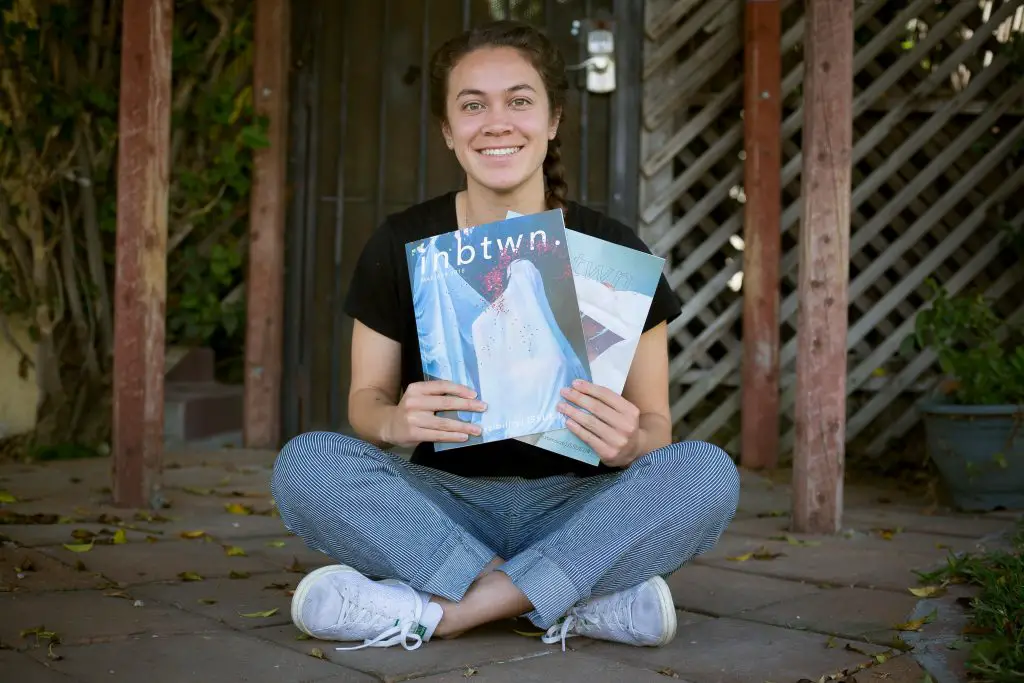
JC: Do you feel Inbtwn. is a personal expression or more so a showcase of artists?
TS: First and foremost, it’s a showcase of the artists. It’s a showcase of their work and recommendation that people should [support them], but it’s also indirectly a reflection of my own interests. I’m choosing artists I’m personally intrigued by and asking the questions that I’m curious about.
JC: I’ve noticed it’s difficult for first-time artists or publications trying to build an audience. Has it been difficult for you and how’ve you tried building an audience?
TS: It’s definitely something I’m still trying to figure out as well. Since my magazine [centers around] visuals, I can post images to Instagram, but in terms of building an audience, it’s been happening slowly.
The biggest thing I’m trying to do is create relationships with the people I interview, because I do find their work really incredible, and through creating meaningful relationships and following up with artists from past issues, it helps create more of a community — to keep people involved.
Also, engaging with the readers helps to create a more personal feel. I want people to feel welcome — that they can submit work, be featured or just leave feedback rather than feeling distanced.
JC: Would you say you’re trying to build an artistic movement around the magazine?
TS: I don’t know if I’d say an artistic movement. I want the magazine to make art accessible to people who may not have a background in art. I think it’s easy for people who don’t have an exposure to see art to say, “Oh, I don’t get it,” or “I don’t understand this.”
I think part of my motivation to do interviews is to reveal the inspirations behind the artist’s work, because I think people don’t always understand the art visually, but they understand the source behind it.
I think in the same way, I want my magazine, in the structures of the interviews and the layout, to invite people into thinking about art and relating to it in a way that maybe felt distant or unnatural in the past.
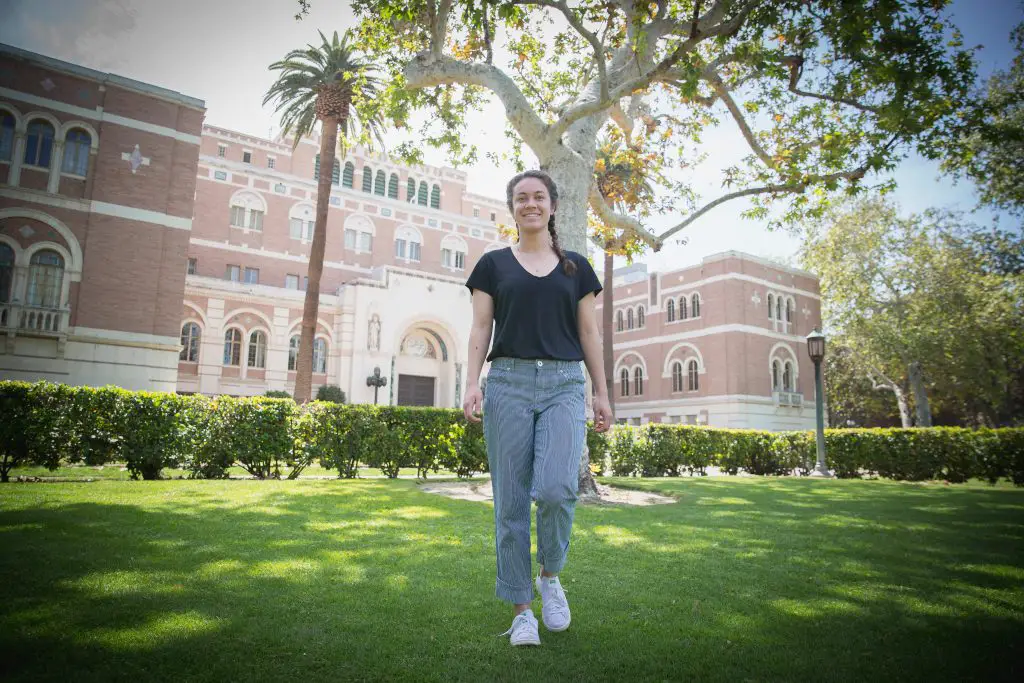
JC: You seem to connect with art on a very personal level. What was the last work of art that you related to, whether that be music, movies etc.?
TS: Music-wise, I’ve listened to — maybe this is a mainstream answer — but I’ve listened to a lot of Frank Ocean over the past year. The first time I listened to him was early high school, maybe around 2012.
A friend of mine had “Bad Religion” on a CD in her car, and the rawness of the melody got me hooked. So now that he’s finally released more stuff recently, I’ve been listening to a bunch of that. “Blonde” obviously, but he recently put out his cover of “Moon River.”
One of my favorite movies is “Her.” I get a lot of weird looks from friends when I say that. They say, “You mean the one where the man falls in love with the computer?” And I guess at a surface level, that’s the plot, but I think there’s a lot more to it — maybe I’ve imposed my own ideas on the movie.
But to me, it seems more like a commentary about connections and understanding in a realm of emotions rather than in the realm of physical bodies. The actual cinematography of the movie is also just really beautiful in my opinion. It was shot on a RED camera, so the quality is incredible and the color grading is so appealing to me — it’s soft, like early morning light.
The score is also really nice, especially the piano pieces by Arcade Fire. I love piano, and I liked the idea that Samantha [the computer] was composing these pieces to express her emotions, from timid to falling in love. The film was sensitive emotionally, but also experimental in terms of its plot, and it’s one I always recommend friends to watch.
JC: Once you graduate, do you plan on pursuing a science-related degree or something more creative?
TS: I am very unsure right now about what I want to do after graduating. I always thought design or art basically for me was a hobby, and science is my main thing.
But, I’ve become increasingly interested in how I can overlap the two — even just through some of the classes I’m taking this semester. I’m taking a web-publishing course and USC offers a user-experience course. I’m interested in those fields potentially because they combine technical things like programming with design.
Through the magazine I’ve seen that design is something I can do [for a career], since it’s something I get caught up in doing for hours and hours. But at the same time, I like the technical aspects of programming.
But, we’ll see. I feel like I should know more what I want to do when I graduate, but I do see design being a part of my future, and I don’t think I would’ve known that had I not done the magazine.
JC: Do you plan on continuing the magazine after you graduate?
TS: I want to keep it going. It’s been exciting. The whole thing has been an experiment — from reaching out to people, to doing the layout and seeing what people’s feedback is like.
I think it’s gaining traction. It’s been nine-ish months; I started last July. Assuming it keeps going well, I want to keep doing it. It’s been a personal journey and I’m curious how far I can push [the boundaries].
JC: What’s the main takeaway you want for readers?
TS: I guess to be open-minded about art, even if you feel like you’re someone who doesn’t typically get it, to just take a minute and read one interview and see the perspective of these artists, and also, how art can transcend and connect different fields.


